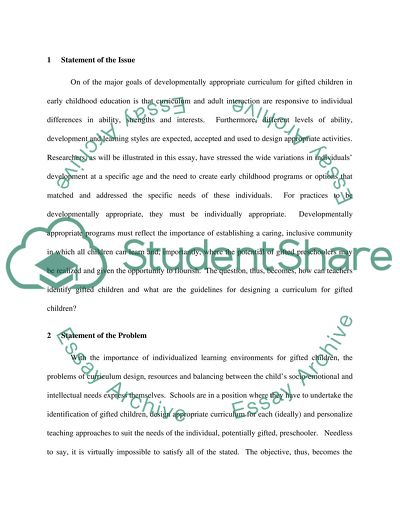Cite this document
(“Curriculum Development and Teaching Strategies for Gifted Learners Essay”, n.d.)
Retrieved from https://studentshare.org/miscellaneous/1523103-curriculum-development-and-teaching-strategies-for-gifted-learners
Retrieved from https://studentshare.org/miscellaneous/1523103-curriculum-development-and-teaching-strategies-for-gifted-learners
(Curriculum Development and Teaching Strategies for Gifted Learners Essay)
https://studentshare.org/miscellaneous/1523103-curriculum-development-and-teaching-strategies-for-gifted-learners.
https://studentshare.org/miscellaneous/1523103-curriculum-development-and-teaching-strategies-for-gifted-learners.
“Curriculum Development and Teaching Strategies for Gifted Learners Essay”, n.d. https://studentshare.org/miscellaneous/1523103-curriculum-development-and-teaching-strategies-for-gifted-learners.


